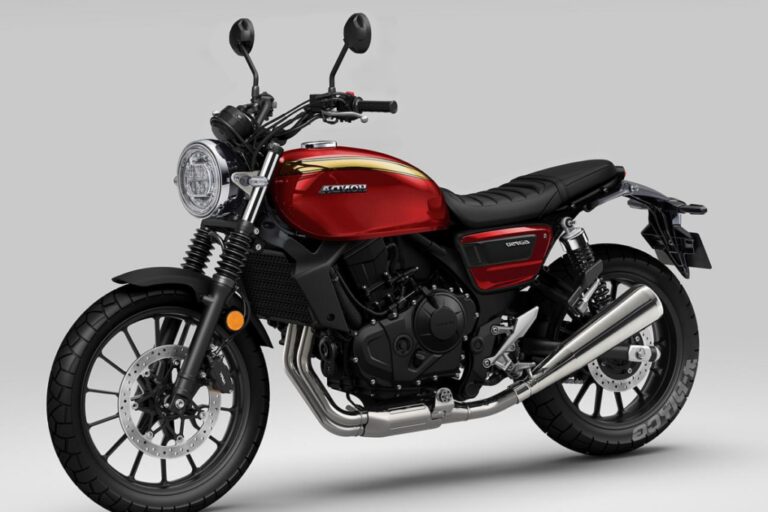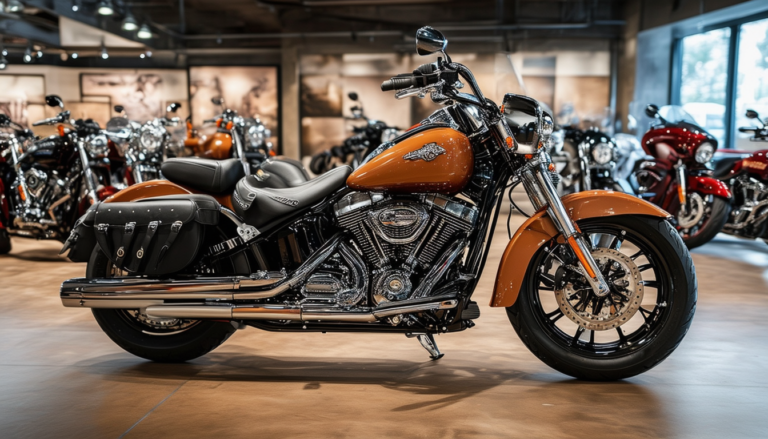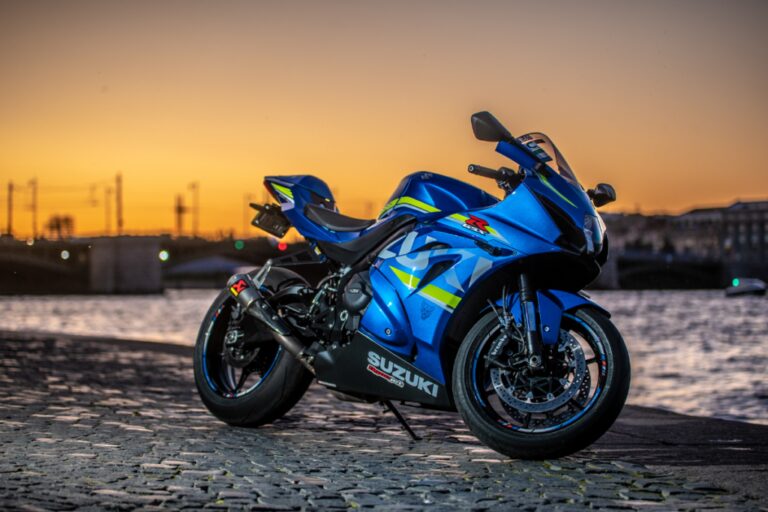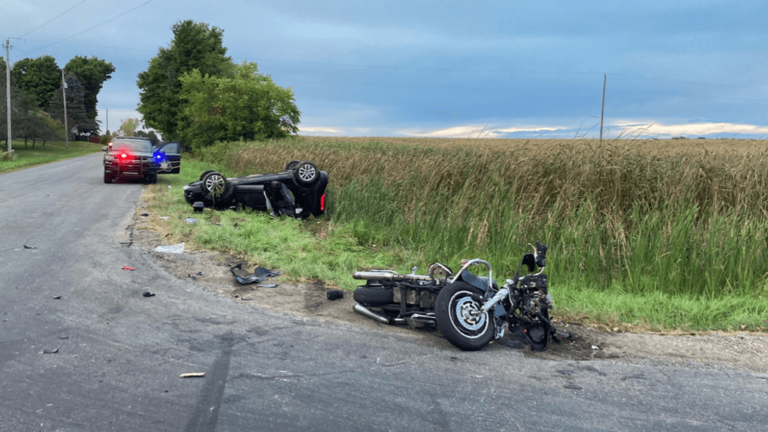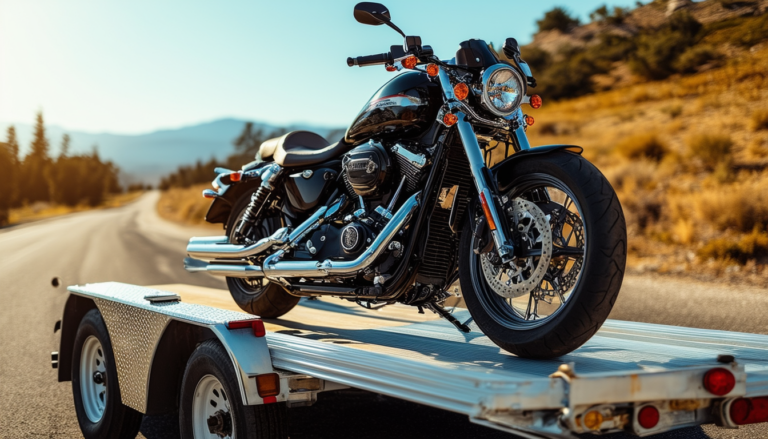Revving Back in Time: Exploring a Pair of Historic F1 Suzukis at Union Motorcycle Classics
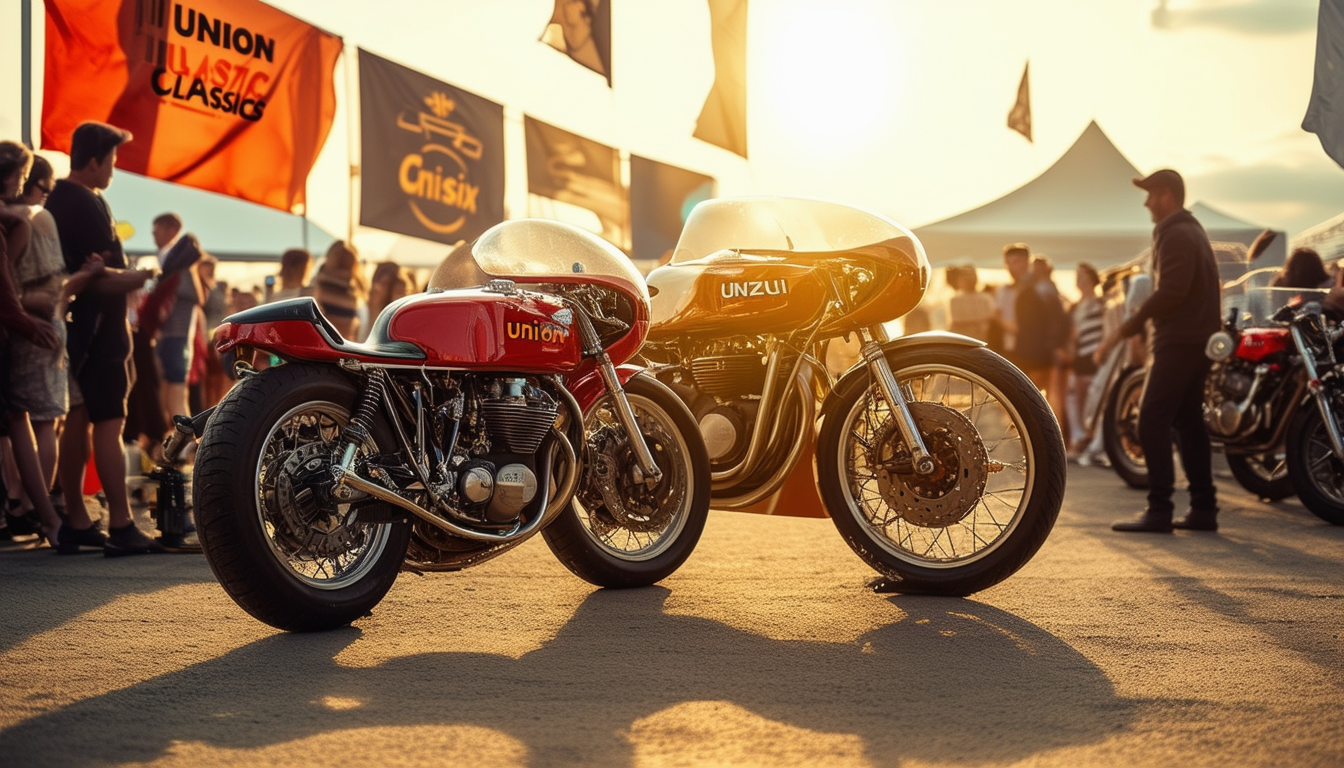
In the vibrant world of motorcycle restoration, few names resonate more than Union Motorcycle Classics. This talented team has recently unveiled two iconic pieces of F1 history: the meticulously restored Suzuki GS1000 raced by renowned rider Barry Sheene and the powerful XR69 piloted by Mick Grant. Their remarkable transformations not only celebrate the legacy of these legendary machines but also provide insights into the evolution of racing technology during a thrilling era. Join us as we delve into the stories behind these historic Suzukis and the intricate craftsmanship that brought them back to life.
In the world of motorcycle racing, few names resonate as loudly as Suzuki, especially in the history of Formula 1 racing. Recently, Union Motorcycle Classics brought to life two remarkable pieces of history: the 1979 GS1000 formerly ridden by Barry Sheene and the 1982 XR69 piloted by Mick Grant. This article takes you on a journey through the restoration and significance of these iconic machines, exploring their unique stories and the craftsmanship involved in reviving them to their former glory.
A Perfect Partnership
The collaboration between Union Motorcycle Classics and their dedicated client highlights a match made in heaven for motorcycle enthusiasts. Located in Nampa, Idaho, Union has built a reputation for high-quality motorcycle restorations, particularly those centered around notable racing machines. Their recent project involving these two historic Suzukis showcases the expertise of a passionate team committed to preserving motorcycle heritage.
The Dunstall-Prepped 1979 GS1000
The first of the duo, the 1979 Suzuki GS1000, gained fame as it raced under the guidance of the legendary Barry Sheene. Known for its advanced chassis compared to competitors like Honda, the GS1000 was built upon a foundation of reliability and power. Legendary tuner Hideo Yoshimura played an instrumental role in the bike’s development, leading to numerous wins and laying the groundwork for the Suzuki brand in road racing.
As Union Motorcycle Classics embarked on its restoration, they were tasked with returning the bike to its original condition. This required addressing various alterations made throughout its history, including an extensive overhaul of the bike’s frame and components. With meticulous attention to detail, the team ensured that the finished product reflected the true essence of Sheene’s racing legacy.
Reviving the XR69
Alongside the GS1000 is the 1982 XR69, a bike that propelled Mick Grant to several podiums and was pivotal in Suzuki’s racing aspirations. With a completely different design featuring a lightweight tubular chassis and a host of innovations, the XR69 quickly established itself as a formidable competitor in various championships. Its association with victories at events such as the Daytona and Ulster Grand Prix solidified its place in racing history.
The restoration of the XR69 was no small feat. Similar to the GS1000, this bike required thorough meticulous work to address its aging components while aiming to retain every bit of its historical character. Key areas of focus included the frame, suspension system, and the powerplant, ensuring it could perform optimally while honoring its racing specifications.
Restoration Craftsmanship
Union Motorcycle Classics prides itself on the skillful artistry of its team. In the case of these two historic Suzukis, every bolt, and panel was scrutinized and attended to with precision. The process involved not only mechanical expertise but also keen historical knowledge, as each alteration and enhancement needed to reflect the original racing conditions.
Returning to Their Racing Roots
With the culmination of their restoration work, both the GS1000 and XR69 stand as breathtaking examples of Suzuki’s engineering prowess during their prime racing years. The GS1000 shines bright with its Dunstall branding, a nod to its racing pedigree, while the XR69 boasts features that exemplify performance innovations from the early 1980s.
The significance of these restorations goes beyond mere aesthetics; it is a testament to the dedication of Union Motorcycle Classics in preserving the rich tapestry of motorcycle racing history. As enthusiasts revel in the charm of these bikes, they bring forth nostalgia and admiration for the heroes who once rode them to glory.
Preserving Motorcycle Heritage
In a world where many sporting legends fade into obscurity, the restoration of iconic vehicles like the GS1000 and XR69 ensures that their stories live on. For fans, collectors, and future generations, these motorcycles represent the passion, spirit, and thrill of racing, all encapsulated within their frames. Union Motorcycle Classics embodies this noble pursuit, showcasing the unwavering dedication required to keep these historical artifacts in circulation.
Reviving the spirit of the past, Union Motorcycle Classics has unveiled two extraordinary pieces of motorcycle history: a 1979 Suzuki GS1000 raced by Barry Sheene and a 1982 Works XR69 piloted by Mick Grant. These bikes not only showcase the evolution of Formula 1 racing but also embody the craftsmanship and dedication of those who restore them. Here are essential insights and tips to appreciate these iconic motorcycles and their storied legacies.
The Story Behind the Suzukis
The heritage of these Suzuki motorcycles goes beyond their dazzling paint jobs and sleek designs. Each bike is a testament to the racing spirit of its time, crafted for speed and agility. The GS1000, known for its powerful 114 hp engine, revolutionized road racing with Hideo ‘Pops’ Yoshimura’s tuning, setting the stage for Suzuki’s dominance in competitions during the late 70s and early 80s. Understanding this context enhances your appreciation of the craftsmanship involved in restoring these machines.
Restoration Process Insights
The restoration of these historic Suzukis exemplifies meticulous attention to detail. When witnessing the effort put into their refurbishments, note the careful consideration that the team at Union Motorcycle Classics took to maintain originality. For instance, the GS1000 underwent extensive frame adjustments, the engine was rebuilt with original components, and special care was given to retain its racing imperfections, which narrate its unique history.
Features to Look For
When exploring these iconic bikes, pay special attention to their unique features. The XR69 is distinguished by its custom tubular chromoly chassis and performance-oriented components like magnesium carburetors. On the other hand, the GS1000 showcases adaptations that made it race-ready, including advanced suspension systems inherited from the RG500. Identifying these elements can give enthusiasts insight into the technology of the time and the evolution of motorcycle engineering.
The Legacy of Racing
Both motorcycles carry rich legacies, linked to legendary riders who pushed the limits of sportsmanship. Barry Sheene’s daring maneuvers and Mick Grant’s strategic racing are palpable in the craftsmanship of these bikes. Attending events or exhibits featuring these motorcycles can deepen your understanding of their impact on motorcycle racing and motorsports as a whole, showcasing how their designs influenced future generations.
Engaging with the Motorcycle Community
As history meets modernity, immersing oneself in the motorcycle community is essential. Engage with fellow enthusiasts through forums, social media groups, or local meetups. Sharing stories about these F1 Suzukis can create connections while honoring their place in racing history. Don’t hesitate to ask others about their experiences with similar models, as collective knowledge only adds to the appreciation of these extraordinary machines.

